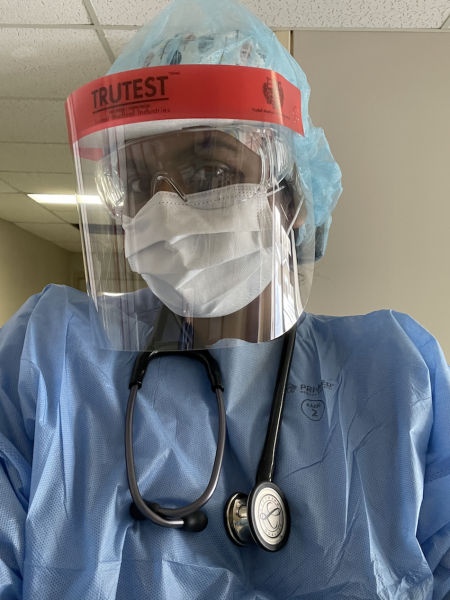 The World Health Organization (WHO) recently published new Guidelines on the management of chronic pain in children with the goal of “assisting WHO Member States and their partners in developing and implementing national and local policies, regulations, pain management protocols and best practices.”
The World Health Organization (WHO) recently published new Guidelines on the management of chronic pain in children with the goal of “assisting WHO Member States and their partners in developing and implementing national and local policies, regulations, pain management protocols and best practices.”
The new Guidelines replace an older set of Guidelines from 2012, which primarily focused on cancer and palliative pain among children but lacked guidance on best practices for chronic non-cancer, non-palliative pain. For the first time, WHO appointed a patient partner – Justina Marianayagam – to their Guideline Development Group (GDG) responsible for this new Guideline’s development.
Justina is a third-year medical student at the Northern Ontario School of Medicine who is completing her rural clerkship year in Kapuskasing, Ontario. She’s originally from Yellowknife, Northwest Territories and has been living with pain since childhood.
“I pretty much had to learn how to manage living with constant pain and joint swellings as a teenager who was really just worried about graduating high school,” Justina says. “That’s when I got introduced to the SickKids Chronic Pain Team who helped me go from being bedridden to being able to walk again and manage my daily pain.”
Justina’s interest in participating in creating these Guidelines stemmed from participating in a public hearing issued by WHO. She submitted a pitch through her role as a Board Member with Solutions for Kids in Pain (SKIP) and was one of 150-200 people across the world selected to attend the public hearing.
“I was really nervous because I was the only one on the phone who was coming from a patient perspective – everyone else in attendance were physicians, psychologists, psychiatrists and other specialists in the field with many degrees attached to their name,” Justina says. “But afterwards, [WHO] actually followed up with me by email to say my two-minute pitch had stood out to them a lot and they invited me to continue to work with them on the Guideline Development Group.”
The Guidelines are comprised of guiding principles, best practices, recommendations and other components intended to support health care providers, organizations and governments in providing equity and resource-focused interventions for the management of chronic pain in children 0 to 19 years of age while ensuring their physical, psychological and pharmacological needs are met.
Justina played an instrumental role in developing the best practices for the clinical management of chronic pain. “[The best practices] pretty much summarize the gold standard in providing care for chronic pain and it was great for them to ask me to bring my lived experience forward in drafting them,” she says. “After I wrote them, other GDG members from around the world got to look at and critique them, which was something I had never experienced before and much more stressful than a school presentation.”
Justina says these Guidelines bring a lot of promise to the future of pediatric pain and hopes they will spark change in the way pain is assessed and treated in children.
“To have the WHO – one of the most respected health governing bodies across the world – step forward and say yes, [chronic pain] is a disease, this is already beyond what we would have anticipated,” Justina says. “With these guidelines, I hope 10-15 years from now [pain] is not second guessed and is instead part of one of the vital sign checks conducted by physicians and other health care providers.”
“One of hopes I have for the future of pain medicine is to manage it in an upstream approach and make pain management part of a patient’s care plan right from diagnosis, especially in children,” she says. “This can decrease the likelihood of a child’s pain transitioning to adulthood and not only lessen the burden on themselves, but similarly lessen the burden on families, on health care systems and on society.”
Justina valued the opportunity to contribute to these Guidelines and believes patient perspectives should hold a place at every table in health care policy and design.
“When we have these high-level discussions, especially at the international level, if you don’t have the lived experience you can get disconnected with what the ultimate goals are,” Justina says. “As a patient partner, and the only one, there were multiple times throughout our meetings over the year where I had to remind myself to make sure the patient voice was represented because I knew it had the potential to benefit millions of other children living with pain around the world.”
“If you told me nine years ago that I’d be working for WHO and co-publishing international guidelines on caring for patients like myself, I would not believe you at all,” she says.
Justina similarly hopes patient partnership continues to shape the future of medicine and care. “Patient partnership doesn’t mean having a token patient partner on the board; It’s embedded at all levels of care, including health care curriculum. It may not change health care right now, but it can empower the future generation of patients, which is what I’m trying to do as a medical student.”
Anyone interested in learning more can access the Guidelines on the management of chronic pain in children for free here.